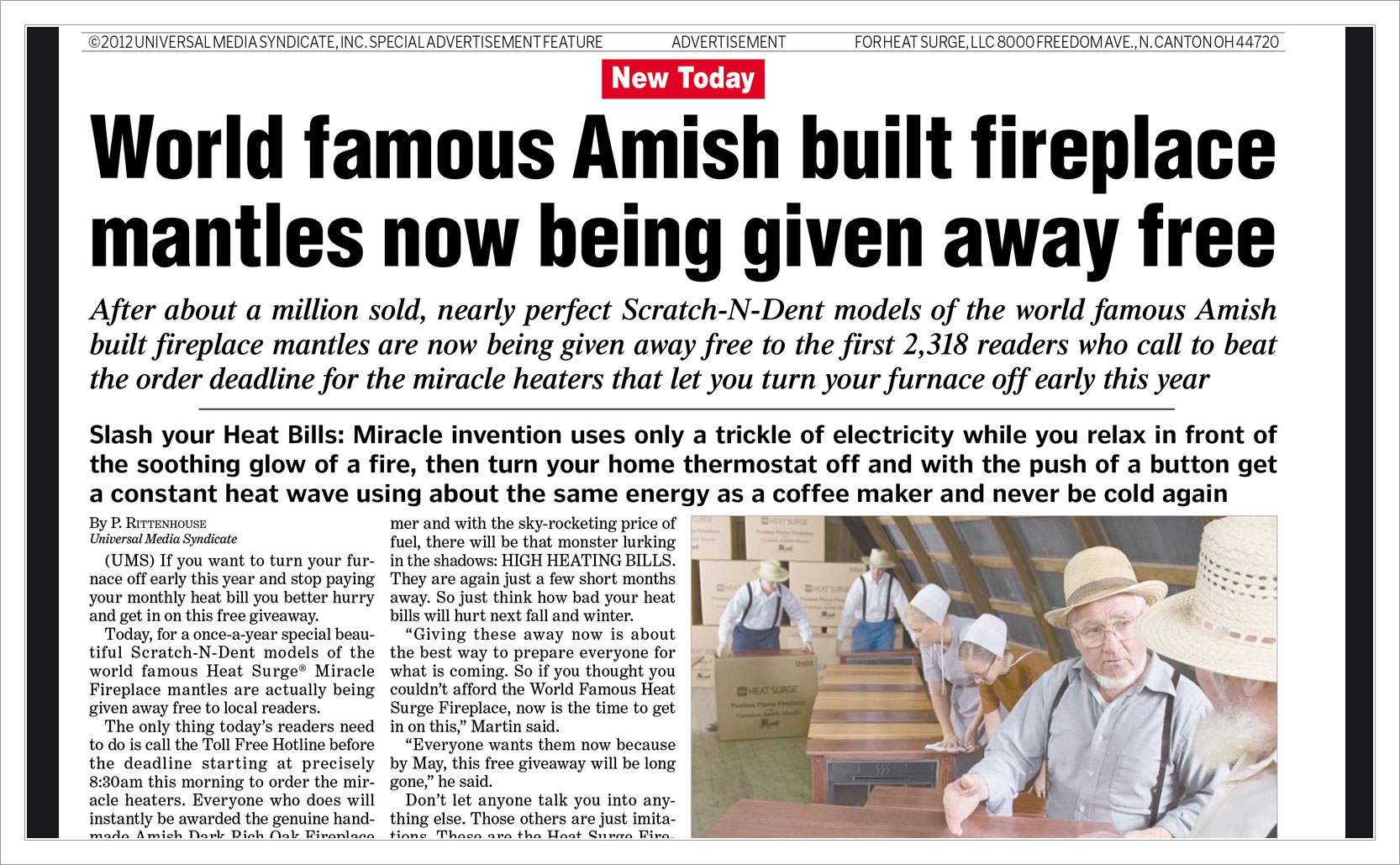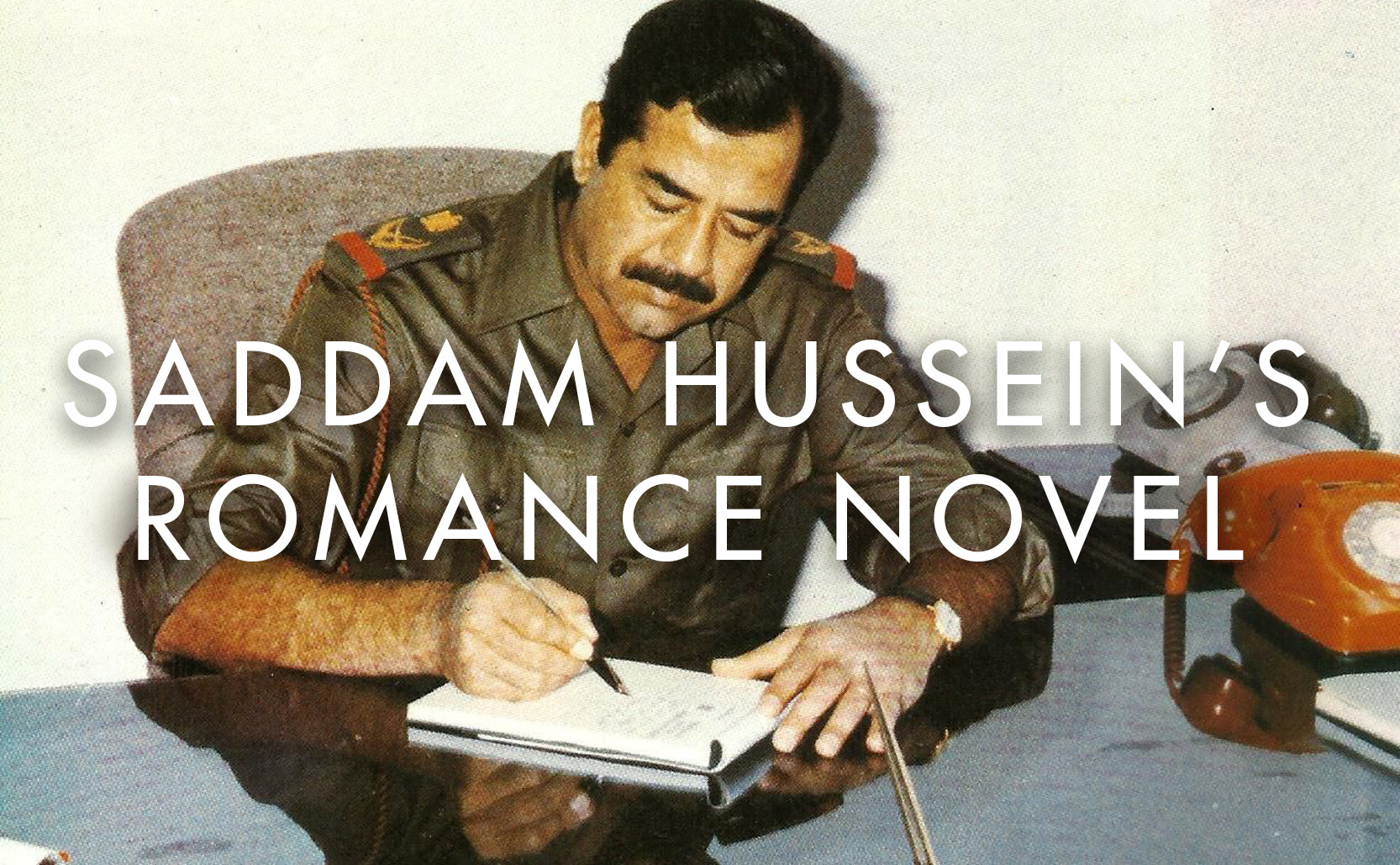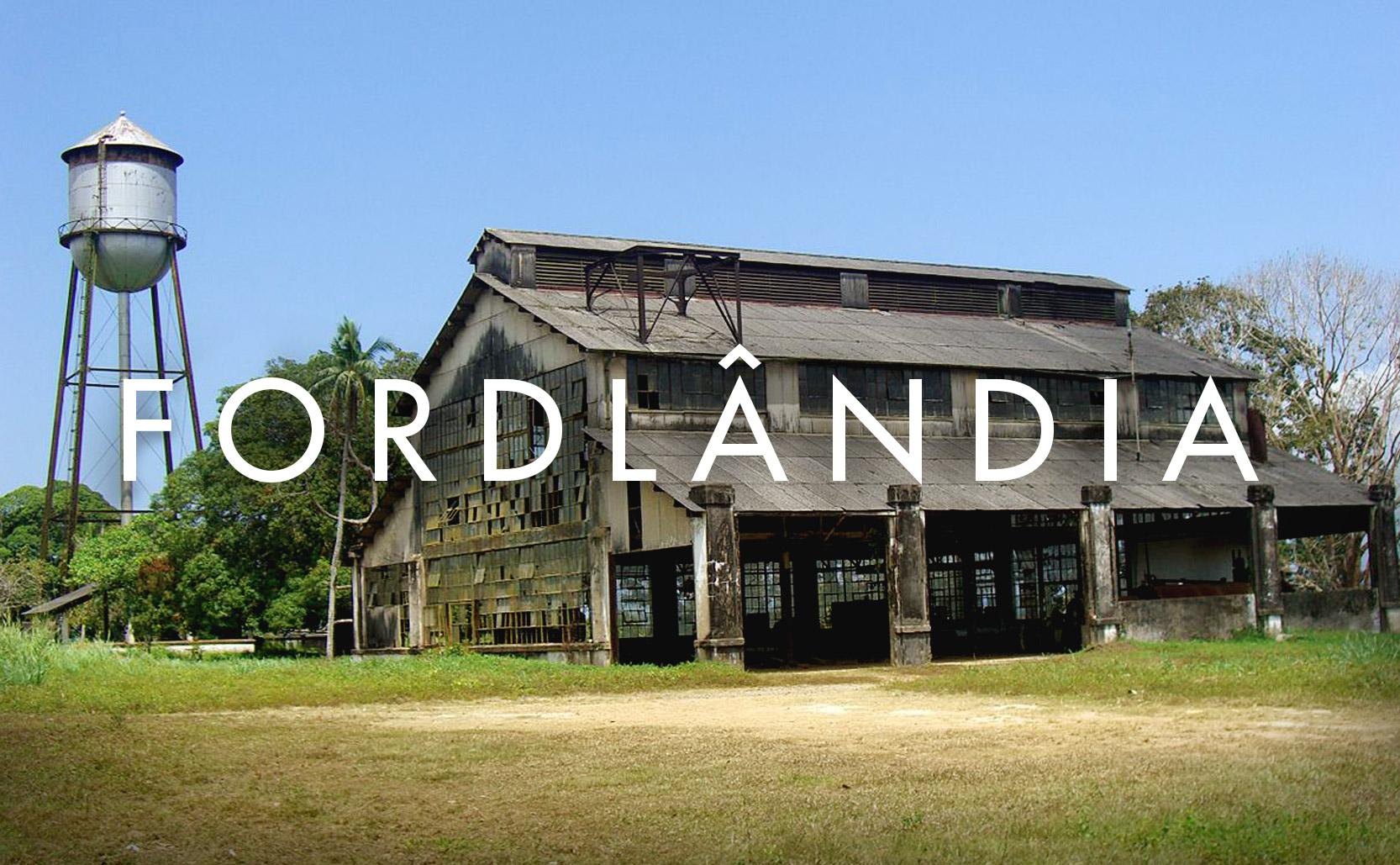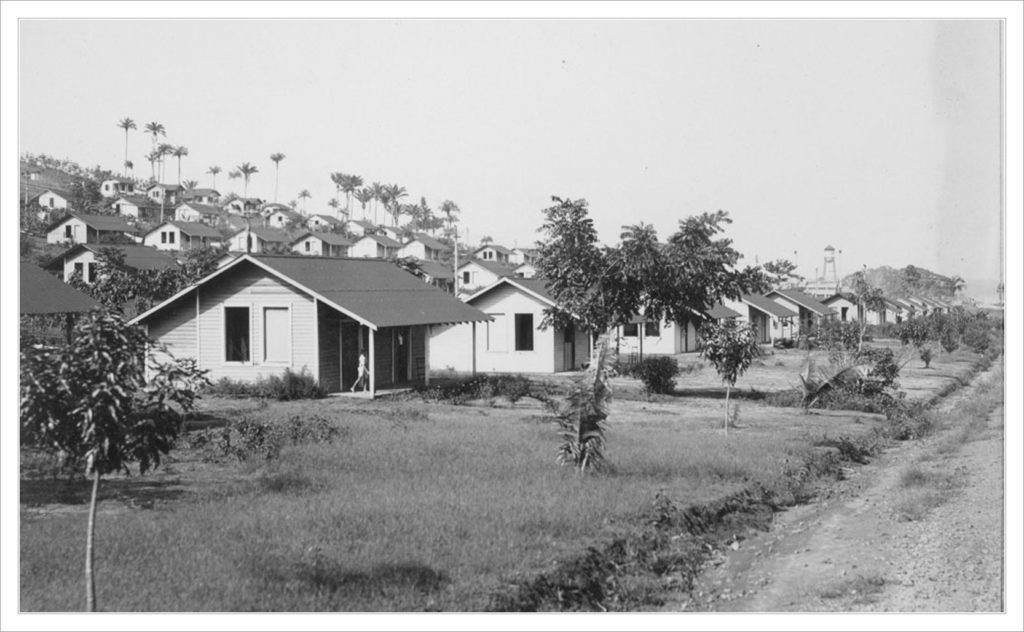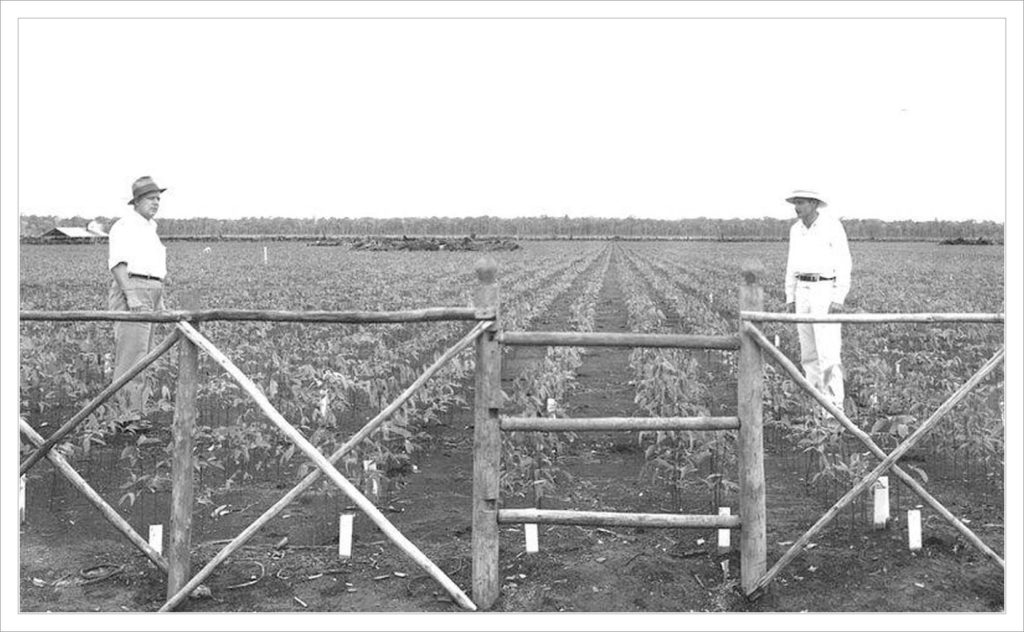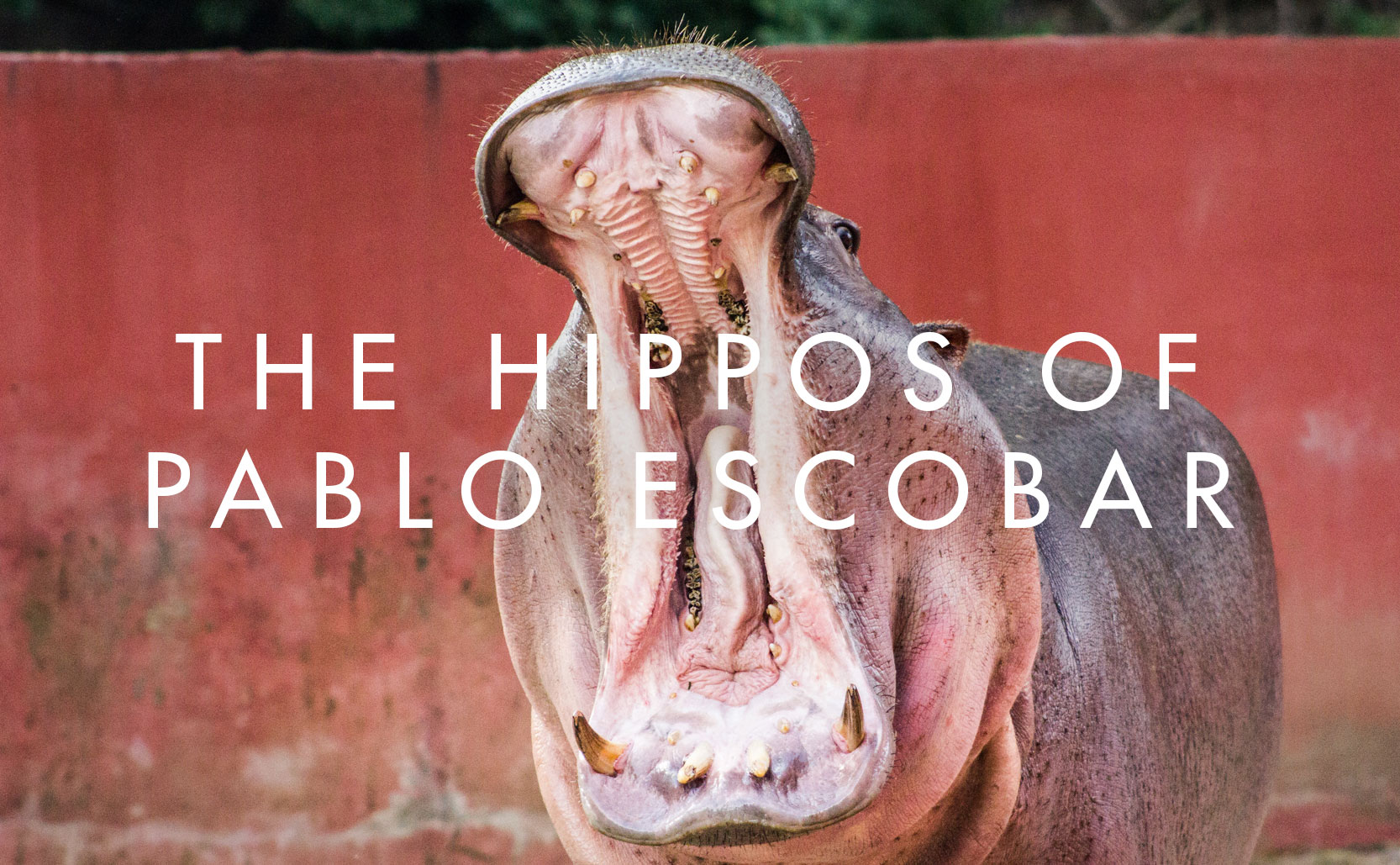Tide for Cash
Tide laundry detergent is a popular product to steal in exchange for cash and/or drugs.
During economic recessions the products that continue to have strong sales numbers are the products with desirable powerful brand names. Cheerios, McDonalds, Kleenex, Huggies, Coca-Cola, Tylenol – these are all strong “recession-proof” brands. Tide, which is the best selling laundry detergent in the world, is also a strong recession-proof brand, but it has an additional ignominious distinction. Tide is a popular product to steal as a de facto street currency to exchange for cash and/or drugs.
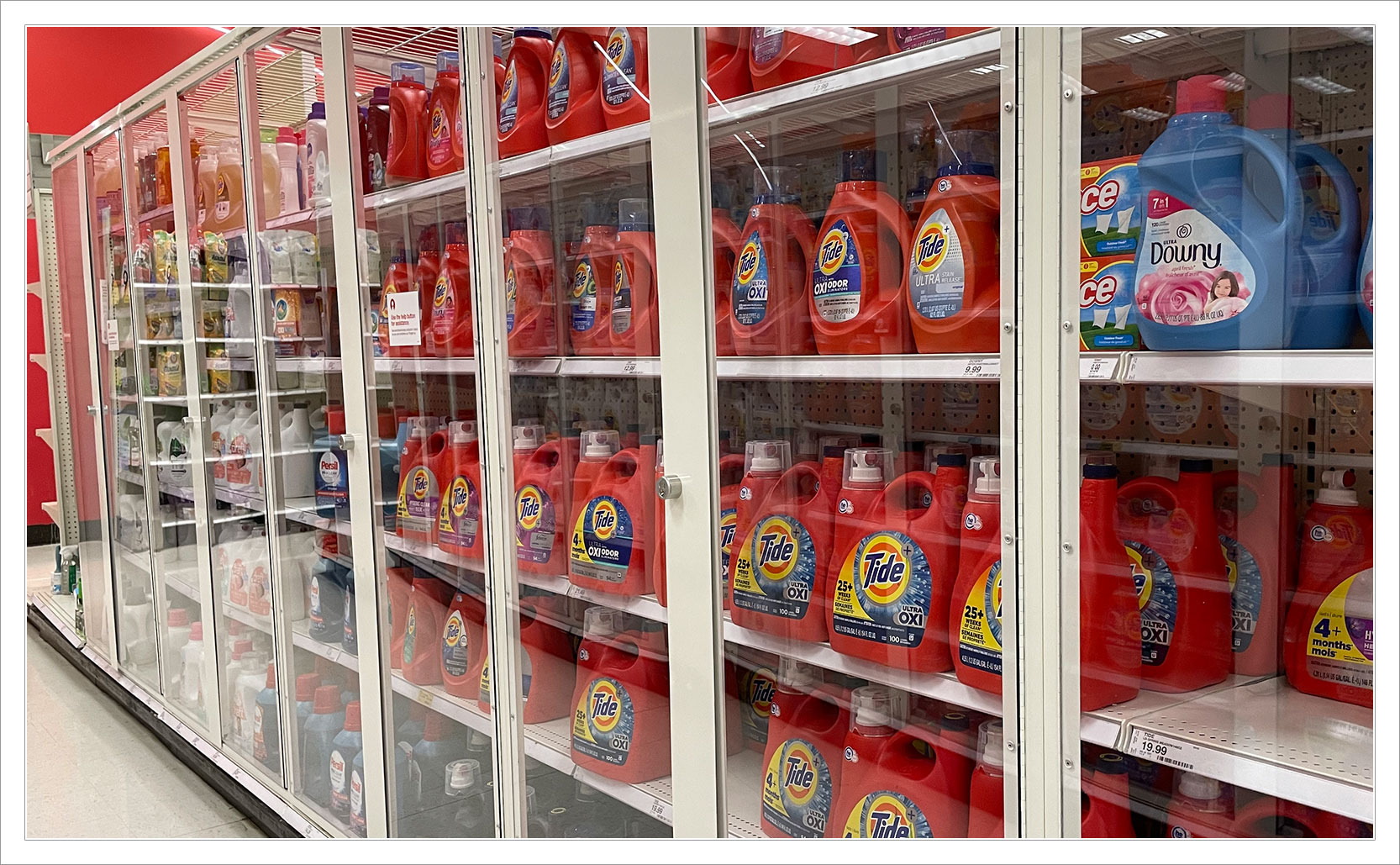
Beginning around 2011 thieves started stealing Tide from stores around the USA. Some would grab a few bottles and run, others would load entire shopping carts and stroll right out the door. Over several visits, Patrick Costanzo of St. Paul, Minnesota stole almost $6,000 of Tide from a Walmart. Some stores were losing $10,000 to $15,000 a month from people stealing Tide. The stolen bottles of Tide are exchanged for $5 in cash or $10 worth of weed or crack. Dealers then sell the bottles through various middlemen at normal retail prices, or even discounted prices, but still making a substantial profit. Finally the stolen Tide appears on shelves at corner stores, flea markets, and sometimes even back at the store it was originally stolen from via shady local wholesalers.
Part of what makes Tide popular is also what makes it a great product for the black market. It doesn’t spoil, it’s a desirable brand name, and everyone needs to wash their clothes. It’s also very difficult to trace its origins, so once it’s stolen it’s hard to tell where it came from. As long as Tide remains popular people will find reasons to steal it.




